Stunning Math Motifs Found On The Pillars Of The Marundheeswarar Temple In Chennai
Aadhya Khatri - Feb 18, 2020
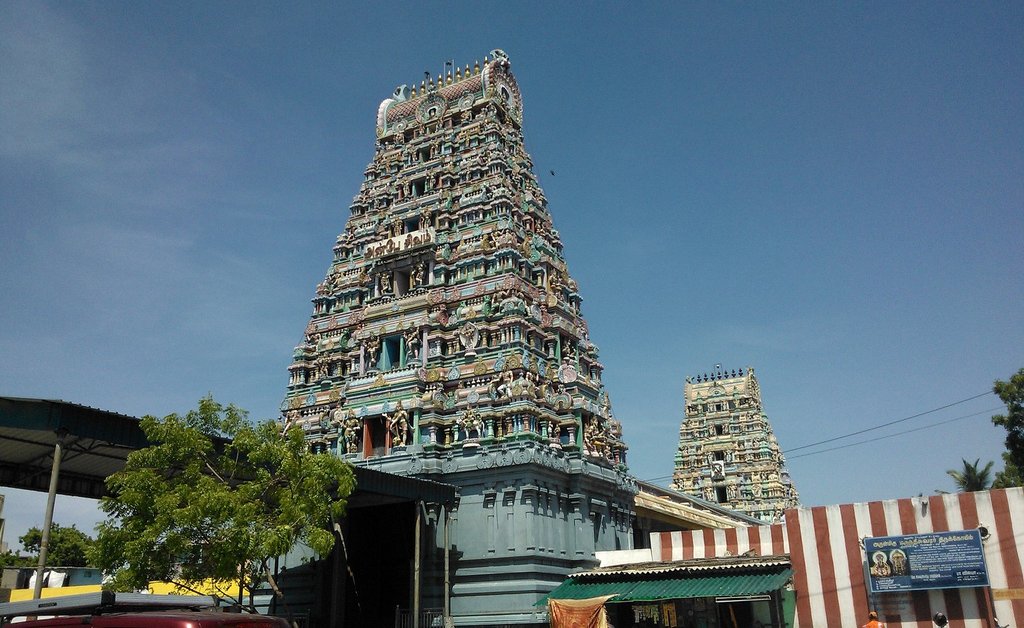
The ancient Marundheeswarar temple's pillars in Chennai feature stunning geometric designs that are actually sophisticated mathematical motifs
- A Math Formula Tells Us How Long Everything Will Live
- Shakuntala Devi Awarded Guinness World Records’ Fastest Human Computation Certificate After 40 Years
- This Magical Number Will Help You Find A Parking Space, The Perfect Apartment, And Even A Suitable Spouse
Deep in history and culture, India and its ancient knowledge is still something of a puzzle to scientists. This article is about some very intriguing math found carved on the pillars of a temple in Chennai. What is fascinating about this is the kind of math found there is currently in use in physics and some other branches of science.
The people who made these pillars may or may not know their great role of the symbols. But whatever the reason, they still left us something deeply relevant to the modern world to behold.
The said temple is the ancient Marundheeswarar in Thiruvanmayur, Chennai. The temple features some pillars with stunning geometric designs that are actually sophisticated mathematical motifs.

These motifs can also be found on the sanctum of the goddess Tripurasundari. Here, the number three plays an important role and the links and knots are thought to be the symbol of divinity, which, at the same time, carries precise mathematical meanings.
Let’s dive into some examples to see what is so special about these motifs.
The first pattern consists of three identical equilateral triangles overlapping each other with a four-petal flower at the center. You might be more familiar with the yantras with several triangles and are in two dimensions, but this pattern is different as it was carved with the third dimension in mind.
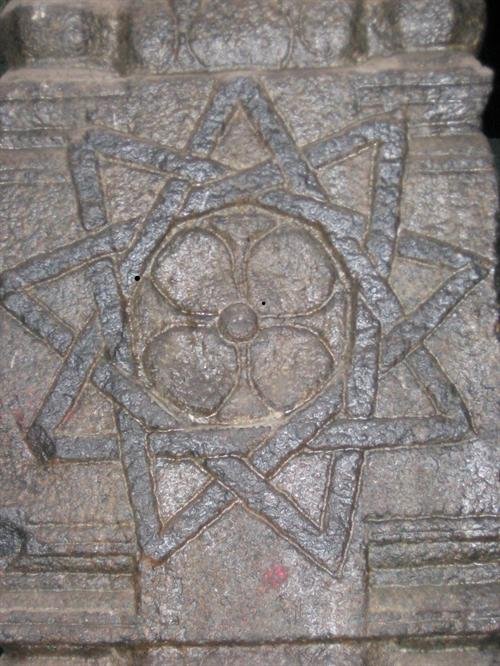
The way these triangles are liked is also fascinating. While no random triangles are connected, the three of them, together, are linked to each other. Imagine you have this pattern in real life, once one of the triangles is removed, the whole thing will fall apart.
Our modern mathematics calls this motif a Brunnian link (named after H. Brunn, a German mathematician), a nontrivial link that when a component is taken out, the other knots will become trivial and the whole link falls apart. It is no doubt that the pattern of the Tripurasundari temple in this example is a Brunnian link.
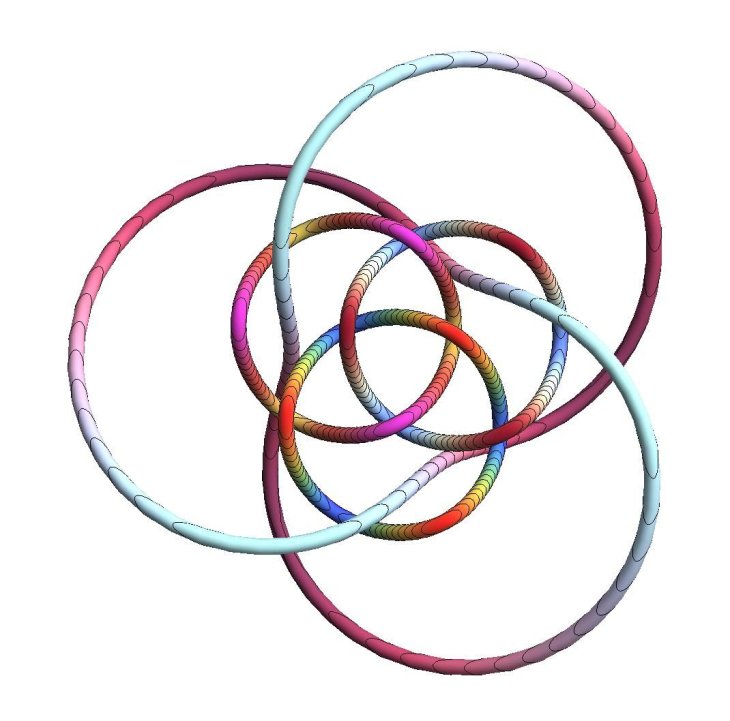
The best-known version of the Brunnian link is the Borromean circles with three interlinked rings. The links on the pillars of the Marundheeswarar temple appears to be the symmetrical version of the Borromean circles.
This link is so symbolic that the Institute of Mathematical Sciences at Chennai, quite close to the Marundheeswarar temple made the link their logo. The International Mathematical Union’s logo is also an adapted version of the Borromean circles.

There are theories that suggest that ancient Indians used to widely adopt the Borromean symbol but the practice is not well documented.
To a typical person, the symbol might be just a nice-looking decoration, but to the trained eye of scientists, it plays a vital role in quantum physics.
First, the symbol proves that it is possible for two objects, which cannot be connected by themselves, can be linked with the presence of a third object. For example, for some Helium isotopes, two neutrons cannot exist alongside each other, but if we add a Helium nucleus, we will have a companionable triple.
In another context, the Borromean links serve as a descriptive metaphor describing a peculiar quantum correlation that can be a vital resource for quantum computers.
In science, we can also see examples of the use of Borromean circles. For example, molecules and DNA were knotted into Borromean configurations.
Now when you have had a brief explanation of how important these seemingly simple symbols are to science, let’s get back to the Thiruvanmayur temple to see why these patterns were carved there in the first place.
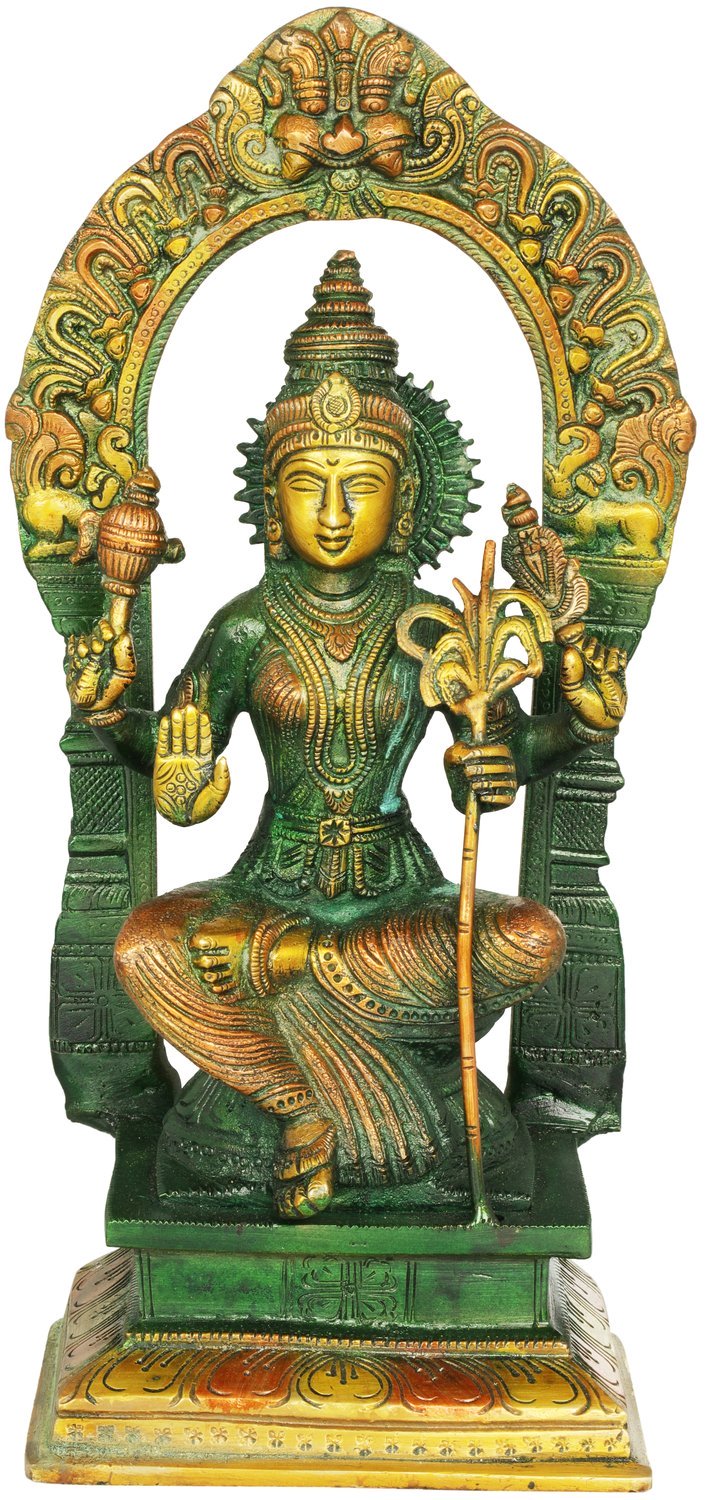
Anyone with adequate knowledge of the esoteric aspects of Hinduism would come up with a handful of possibilities. Since the symbol was found near goddess Tri-pura-sundari’s sanctum, a triad is to be expected.
The archetypal mantra Om has three parts. The three principles nadis of yogi, ida, pingala, and sushumna, form a core tantric triad. There are three powers or sakthis derive from the goddess, iccha, gnana, and kriya. So the interlinked symbols might possibly mean that without one, the others are useless.

The motif is also present in the triad of Vishnu, Brahma, and Shiva. The human body is believed to have three knots, the brahma granthi of the lower body, the vishnu granthi of the heart, and the rudra granthi of the eyebrows.
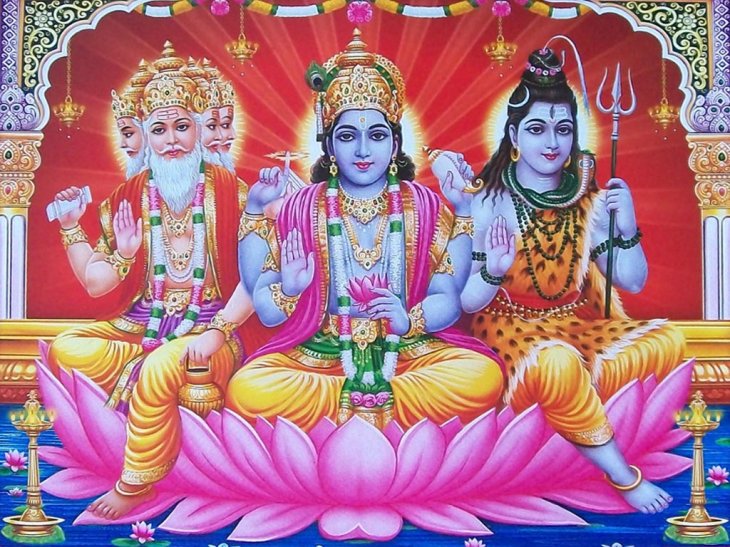
The same idea can also be found in another symbol on the pillar of the same sanctum of Marundheeswarar. Besides the Borromean triangles, the Tripurasundari also has the Yin-Yang symbol, a circle divided into two to represent Yin (female) and Yang (male).
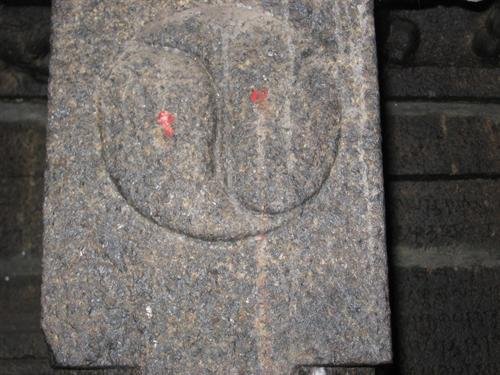
The image below is of another pattern found in the Marundheeswarar. It looks like a snake knotting into three parts, a variant of a triad. The symbol is known today as Stevedore's knot, which, in mathematics, is a knot with six crossings. The Stevedore's knot, like the Borromean circles, plays an important role in modern physics.
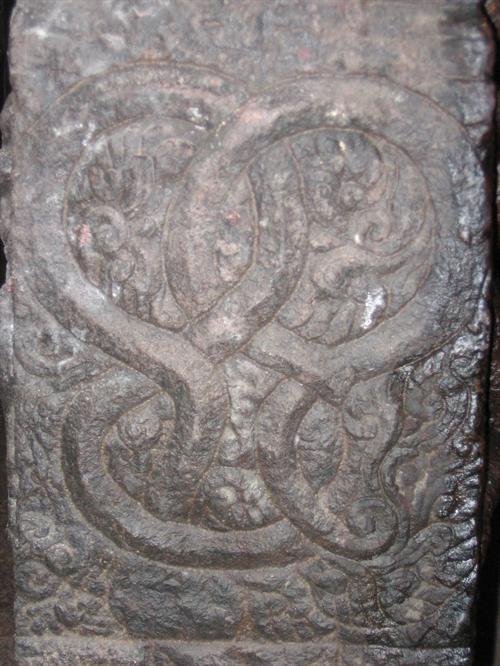
>>> World's Most Beautiful Buildings Designed According To Math Principles
Featured Stories

Features - Jul 01, 2025
What Are The Fastest Passenger Vehicles Ever Created?

Features - Jun 25, 2025
Japan Hydrogen Breakthrough: Scientists Crack the Clean Energy Code with...

ICT News - Jun 25, 2025
AI Intimidation Tactics: CEOs Turn Flawed Technology Into Employee Fear Machine

Review - Jun 25, 2025
Windows 11 Problems: Is Microsoft's "Best" OS Actually Getting Worse?

Features - Jun 22, 2025
Telegram Founder Pavel Durov Plans to Split $14 Billion Fortune Among 106 Children

ICT News - Jun 22, 2025
Neuralink Telepathy Chip Enables Quadriplegic Rob Greiner to Control Games with...

Features - Jun 21, 2025
This Over $100 Bottle Has Nothing But Fresh Air Inside

Features - Jun 18, 2025
Best Mobile VPN Apps for Gaming 2025: Complete Guide

Features - Jun 18, 2025
A Math Formula Tells Us How Long Everything Will Live

Features - Jun 16, 2025
Comments
Sort by Newest | Popular